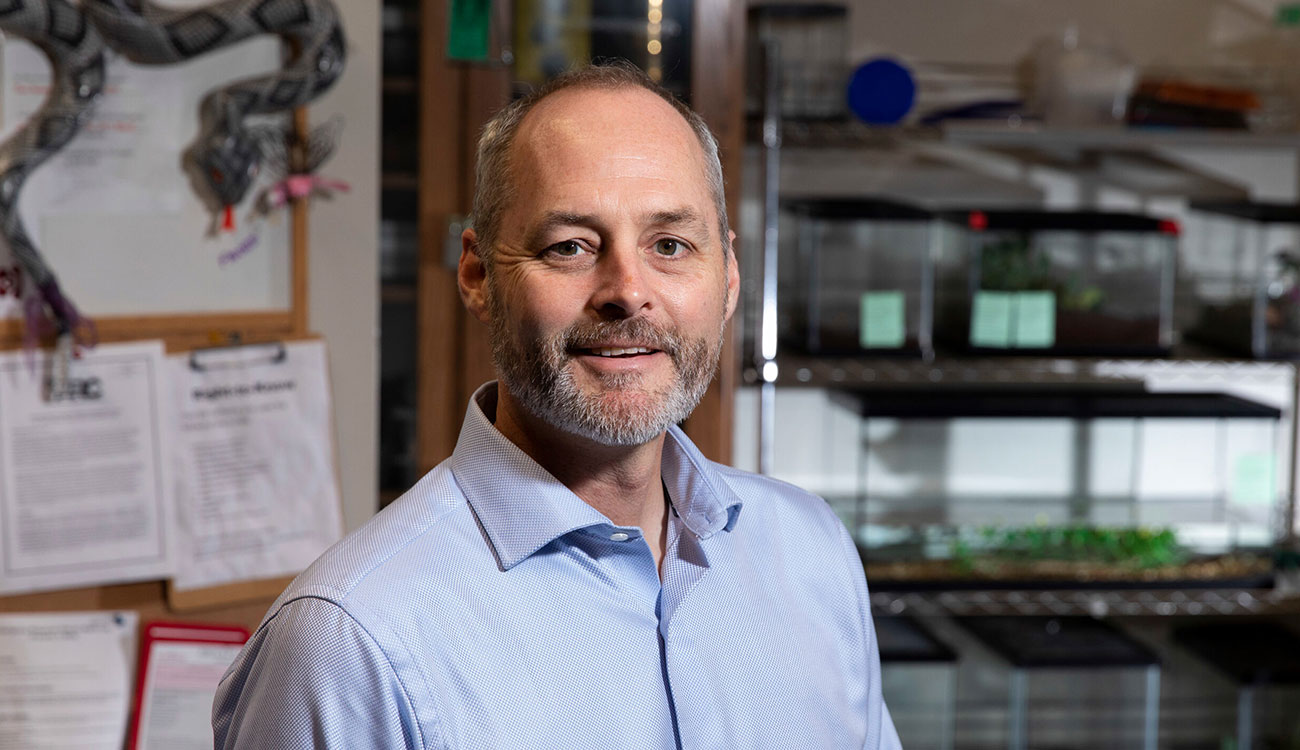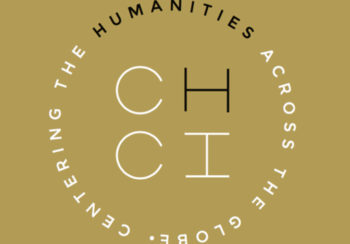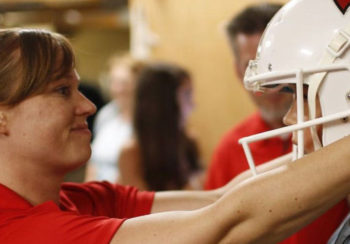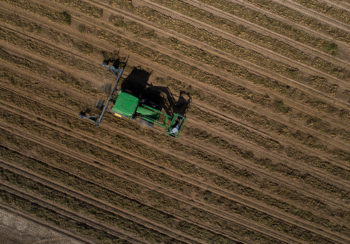SALAMANDERS OF THE SOUTHEAST
These salamanders were photographed by Maerz at the Coweeta Hydrologic Laboratory in Otto, Macon County, North Carolina.
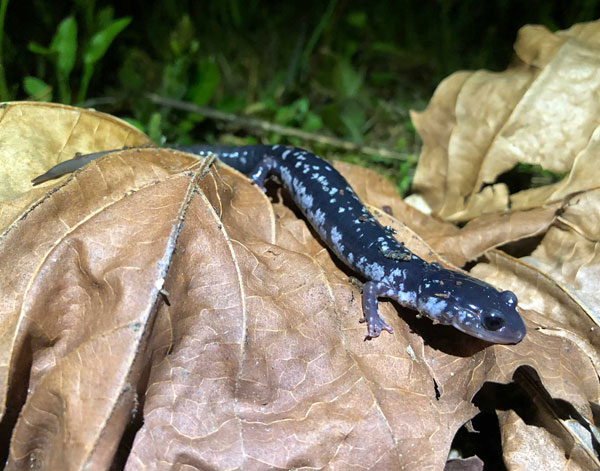
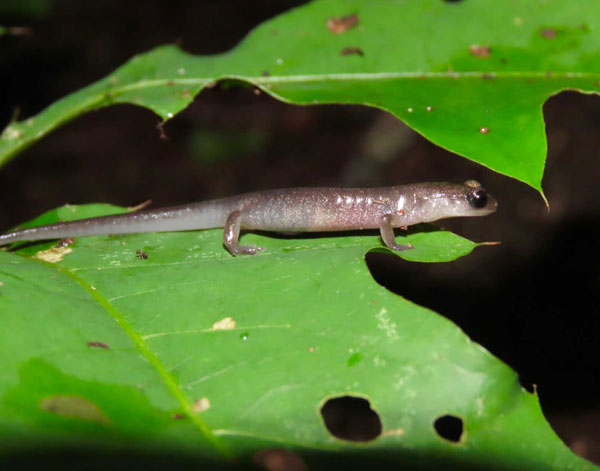
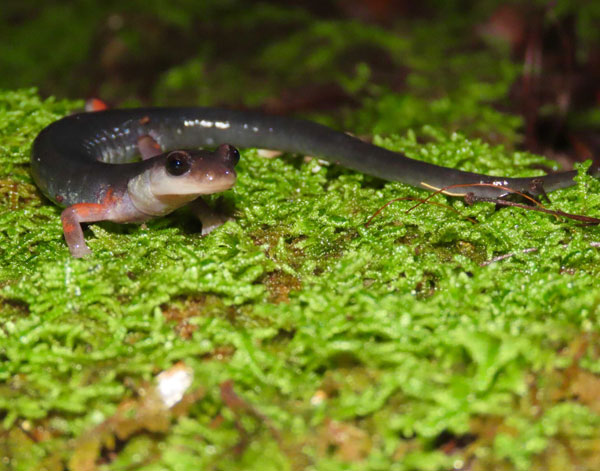
Working in partnership with the local community
And it’s not just salamanders. On Jekyll Island, Maerz and his team studied the threats to diamondback terrapins, which live in the salt marshes and are at risk of decline and local extinction because of human-related threats.
The turtles get into crab traps and drown, and females are often hit by cars when crossing roads in search of nesting areas.
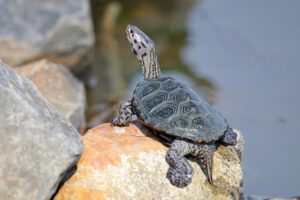
“So we spent nearly 10 years trying to estimate and develop models, and measure the impact of roads and crabbing on terrapins,” said Maerz. “We then worked with the local community and ran different scenarios and strategies for them using all of the biology that we had learned about the turtle and helped them develop a plan for trying to conserve that turtle species.”
The strategies, from flashing signs that warn drivers of nesting turtles to barriers that keep terrapins off the road, are yielding results. The decline in the terrapin population has slowed.
As ecologists develop tools and new models to improve our understanding of animal populations, it is up to communities to reflect on the value of wildlife and partner with scientists like Maerz to manage and conserve their biodiversity.

About the Researcher
John Maerz
Josiah Meigs Distinguished Professor
Warnell School of Forestry and Natural Resources



